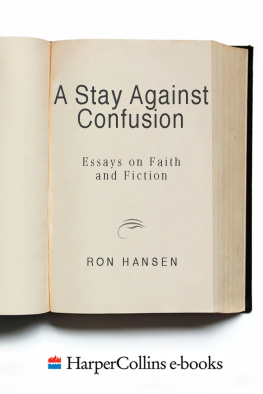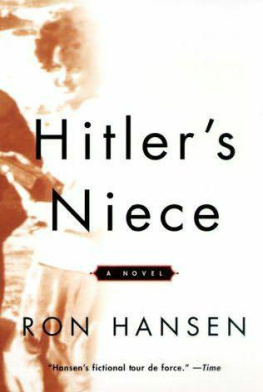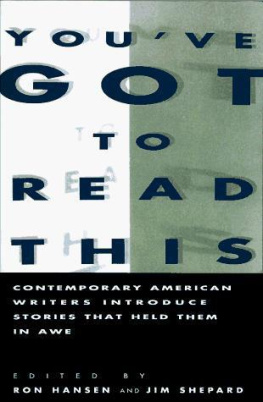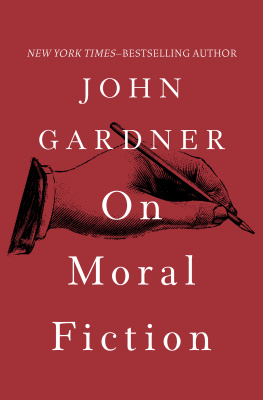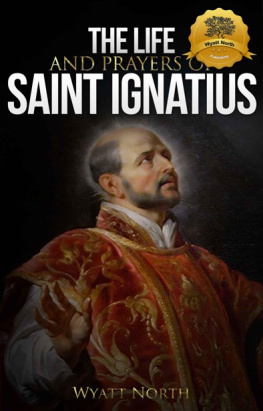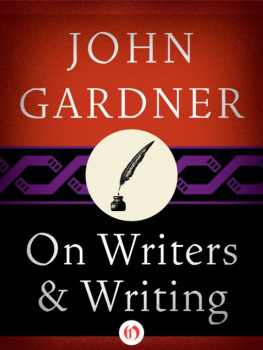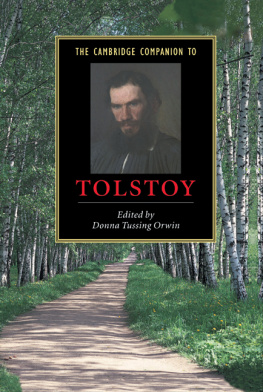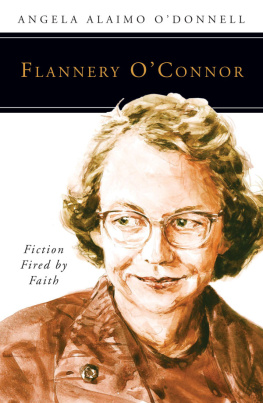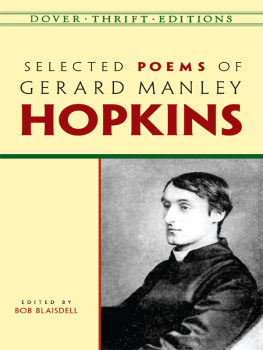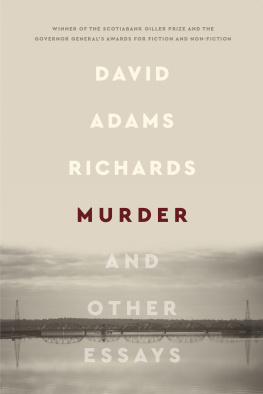To My Sisters,
Alice, Laura, and Gini
Contents
T he first time I noticed it is lost to me now, but I may have been five or so. At Sunday Mass in Omaha, the priest ascended the stairs to the high pulpit at Holy Angels Church, announced a reading from one of the Gospels, and after a few sentences of the passage I was suddenly aware that the story was familiar to me. Say it was the shockingly concrete scene in Mark where Jesus heals a blind man by wetting the mans eyes with his spit. I found myself anticipating the next moves, certain that the man would say he could see people but they looked like trees walking. And Jesus would lay his hands on the afflicted mans eyes again, and then the man would see everything clearly. The sentences were sure and predictable to me; I felt I was finally their audience; and I realized with a good deal of wonder that the Gospels were like those childrens books that my mother or sisters would read to me over and over again. With great seriousness the priest would read aloud the same stunning stories from the life of Christ, and when he was finished reading he would talk intelligently about the meaning of the passage in our own lives, and even the old in the congregation would watch and listen like children being taught.
The liturgical rites were grand theater then, filled with magisterial ceremony, great varieties of mystery and symbol, and a haunting Gregorian chant that sounded good even if poorly sung. And since I could not yet follow the English translation of the priests Latin in my Missal, I would fix my gaze high overhead on the soft blue sky of the dome on which there was a huge, literal, and beautiful painting of Christ being escorted by the holy angels on his ascension to heaven, his loose white clothing floating off him so that most of his flesh was exposed.
Looking back on my childhood now, I find that church-going and religion were in good part the origin of my vocation as a writer, for along with Catholicisms feast for the senses, its ethical concerns, its insistence on seeing God in all things, and the high status it gave to scripture, drama, and art, there was a connotation in Catholicisms liturgies that storytelling mattered. Each Mass was a narrative steeped in meaning and metaphor, helping the faithful to not only remember the past but to make it present here and now, and to bind ourselves into a sharing group so that, ideally, we could continue the public ministry of Jesus in our world.
On the other hand, my vocation as a writer was also called forth by something unnameable that I can only associate with a yen to live out in my imagination other lives and possibilities, a craving that eventually made acting attractive to my brother Rob and soon made storytelling necessary to me.
In kindergarten, for example, we had an afternoon period of show-and-tell. A few minutes earlier, a boy named Kenneth breathlessly told me about the side altar at some European cathedral his family had visited, where a pressure-sensitive prie-dieu illuminated a crucifix when penitents fell on their knees there to pray. Seeing my fascination, the five-year-old went further, confusing the scene and himself with flashing colors and whirring mechanisms that seemed lifted from a science fiction movie. I fell into my own imagining as Sister Martha went from child to child, asking them to report on adventures, discoveries, encounters, or anything else they thought noteworthy. And then she got to me. And I instinctively said a neighbor had turned a hallway closet into a chapel, with holy pictures everywhere, and there were lots of candles burning all the time, because that was the only light, and there was a kneeler in front of a crucifix and when you knelt on it real blood trickled out of the wounds in Christs hands and feet. Real blood? Sister Martha asked. Well, it looked like real blood, it was red like blood, and it trickled down his face from the crown of thorns, too. She squinted at me with just a twitch of a smile, and I was shocked, even insulted that she could think I was making this up. Hadnt I seen that hallway closet, that padded kneeler, that crucifix with my own eyes? I could describe the finest detail, I could smell the candle wax as it burned. Stifling her amusement, the kindergarten teacher questioned me more closely, possibly having found a kids-say-the-darndest-things instance that she could present like a chocolate pie to her sisters at dinner, and I just kept embellishing and filling in gaps in the narrative until Sister Martha seemed to decide I was depleted and she shifted to another child. And when I looked at Kenneth, he was wide-eyed and in awe, with no hint of affront for my having stolen his show-and-tell, but with a certain amount of jealousy that Id seen a prie-dieu that was so far superior to his and, worse, seemed to have tried to selfishly keep it to myself.
Within the year I would be reading on my own and finding out about childrens books and childrens authors and their need to do just what I did: to alter facts that seemed imposed and arbitrary, to intensify scenes and situations with additions and falsifications, and to ameliorate the dull and slack commodities of experience with the zest of the wildest imaginings.
The first author whose name I remembered and whose stories I hunted down was Jules Verne, whom I avidly read in third grade. In fourth it was Albert Payson TerhuneI even named our foundling pup Ladand Pecks Bad Boy by George Wilbur Peck, with its gladdening irony that a child who was continually getting into trouble with grownups might simply be just acting like children do. Then it was fifth grade and the Hardy Boys and Tom Swift, books meant for kids my age but which seemed hopelessly old-fashioned and did not thrill me nearly so much as the tales of Edgar Allan Poe, who so hooked me that I held his book of horror stories open in my lap to sneak peeks at as I pretended to take classroom notes. I was drawing and painting then, not writing fiction. A friends father was an illustrator and I fantasized that I would have a job like that when I got out of school. But gradually an urgency to write fiction took over; it was a vocation that seemed so exalted and sacred and beyond me I would not even talk about it.
In Confessions of a Reluctant Catholic, Alice McDermott recalls learning to be a writer, which seemed to me from the outset to be an impossible pursuit, one for which I had no preparation or training, or even motive, except for a secret and undeniable urge to do so. Shed discovered that fiction made the chaos bearable, fiction transformed the absurdity of our brief lives by giving context and purpose and significance to every gesture, every desire, every detail. Fiction transformed the meaningless, fleeting stuff of daily life into the necessary components of an enduring work of art.
The intuition of the fiction writer is similar to that of the scientist, that the world is governed by rules and patterns that are, by analysis and experiment, detectable, that the hidden mysteries of nature can be interrogated and solved. I have run into people who dont read fiction because they feel its founded on fabrications and swindles and worthless extenuations of realitya famous professional golfer once complained about English classes in college where he was forced to read these big, fat books that werent even truebut for many of us fiction holds up to the light, fathoms, simplifies, and refines those existential truths that, without such interpretation, seem all too secret, partial, and elusive. And that, of course, is the goal of religion as well.
Many writers are agnostic and have as their religion art, but just as many are conscious that the source of their gifts is God and have found thanksgiving, worship, and praise of the Holy Being to be central to their lives and artistic practice. In

